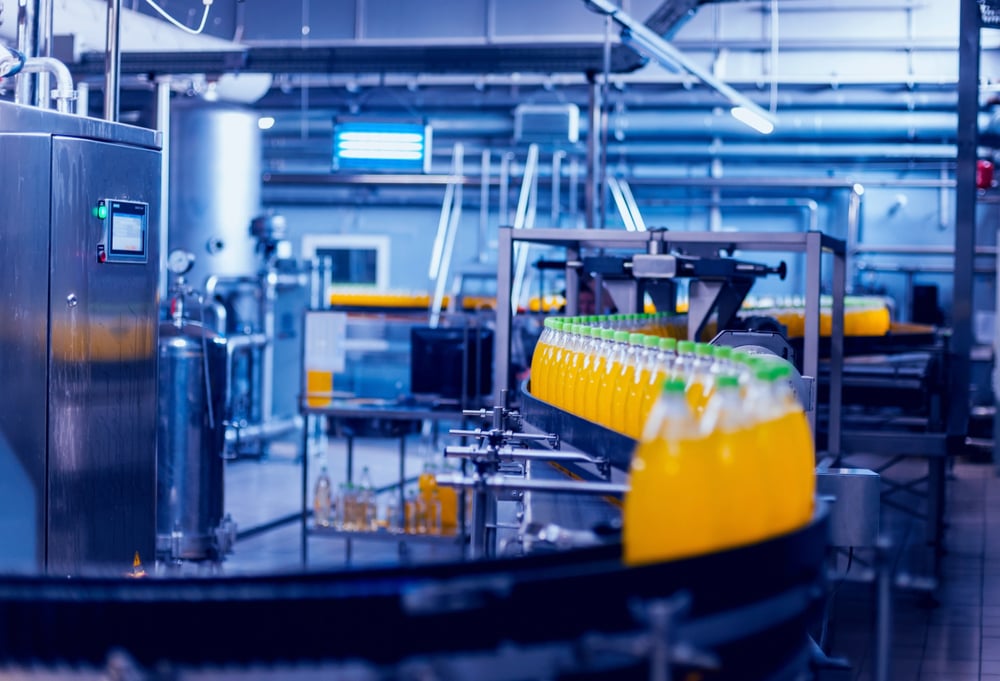The 4 Newest Material Innovations You Should Know About
Zachary Smith November 11, 2015
We like to talk about innovation, but in an industry of builders and makers, we’re limited by one thing: to make something tangible, we need materials.
We don’t often highlight the foundation to building new products, never mind the sometimes revolutionary impact they may have on the world. So here are the latest innovations in materials that may shape how we build the future.
1. You Can Fly
Boeing released Microlattice, a material years in the making. Microlattice is the lightest metal in existence, composed of 99.99% air. The video above shows how light the metal is, while still being flexible and maintaining structural integrity. Of course, Boeing is in the process of integrating the metal in their aircraft, but this could mean big things for equipment across every industry over time.
2. Are You Afraid of the Dark?
It’s only been a year, but the record for blackest material in existence has been broken. A university in Saudi Arabia designed a broadband light absorbing material made of a nonacid attached to a nanosphere. This breakthrough translates to 26% more incident light being absorbed than the last leading material, and a total of 99% of light in the spectrum from 400-1400 nanometers. The material is already hoped to benefit those in solar energy, optical connections, and stealth vehicles.
3. Let There Be Light
Harvard is at it again. They recently announced successful development of an "on chip metamaterial" which exhibits a refractive index of zero that can travel infinitely fast. This allows light to be manipulated at the nanoscale, which could be a timely solution to the Internet Apocalypse that was looming over us this year by allowing telecommunications to leave the world of fiber optics. Besides that, the possibilities open up to engineers looking to now manipulate something that historically has been difficult to manipulate.
4. Look Ma, 10 Hands
We can’t do a list on materials without touching on one of the new 3D printers coming out of MIT. The MultiFab is the multi-material printer capable of printing 10 materials at once. Materials include textured fabrics and elastics, with predicted applications in consumer electronics, micro sensing, medical imaging, and telecommunications. The printer has an array of other features that allow for the most complex printing to date, all combined with materials that were out of scope for 3D printing.
Stay up to date with the latest industry trends by subscribing to our newsletter.
Did you find this useful?









